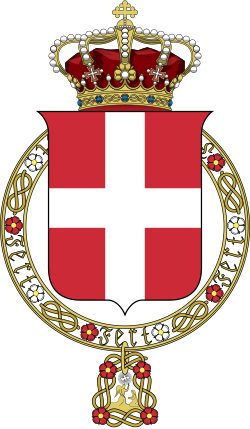You can help expand this article with text translated from the corresponding article in Italian. (November 2025)Click [show] for important translation instructions.
|
Giolitti V government | |
|---|---|
| 55th Cabinet of Italy | |
 | |
| Date formed | 15 June 1920 |
| Date dissolved | 4 July 1921 |
| People and organisations | |
| Head of state | Victor Emmanuel III |
| Head of government | Giovanni Giolitti |
| Total no. of members | 15 |
| Member party | PL, PLD, PPI, DS, PRI PSRI |
| History | |
| Predecessor | Nitti II Cabinet |
| Successor | Bonomi I Cabinet |
The Giolitti V government of Italy held office from 15 June 1920 until 4 July 1921, a total of 384 days, or 1 year and 19 days. [1]
